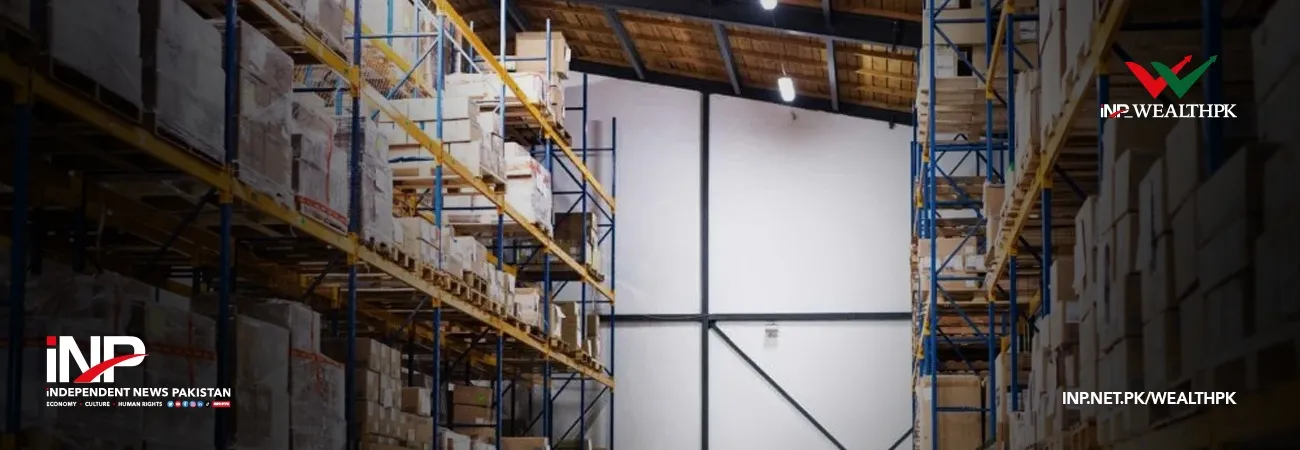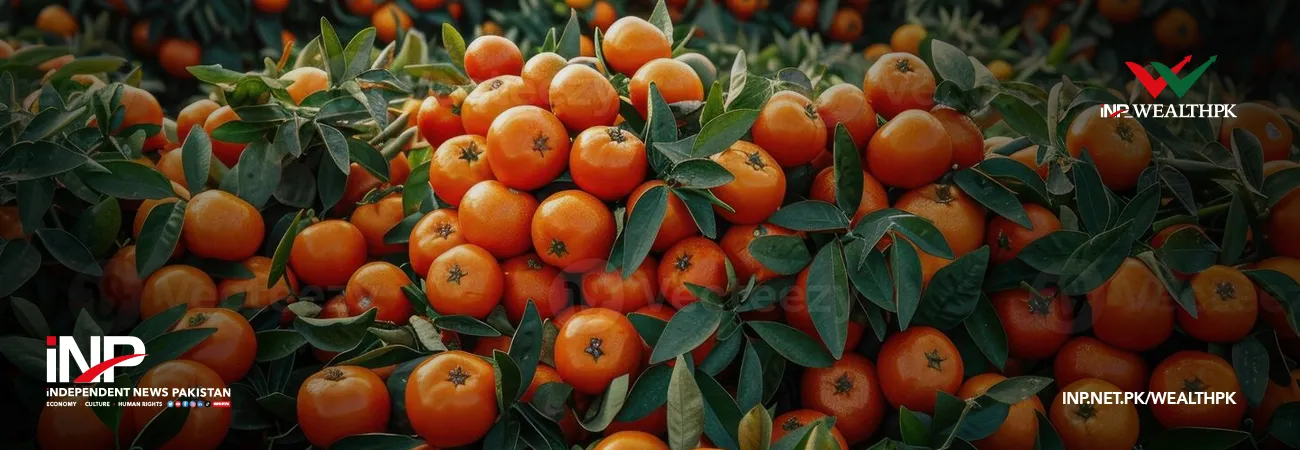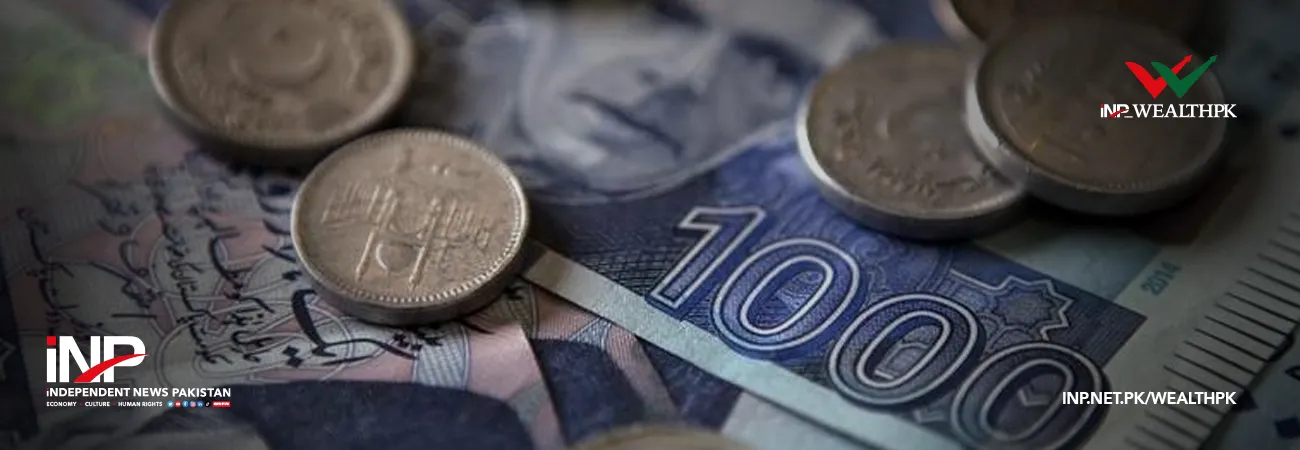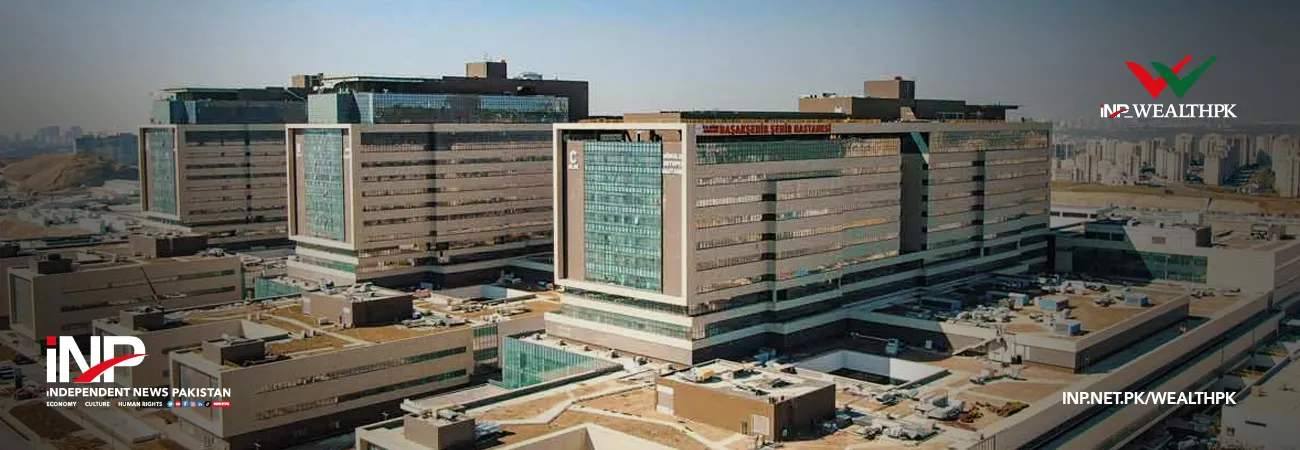آئی این پی ویلتھ پی کے
By Muhammad Mudassar
 ISLAMABAD, January 31 (INP-WealthPK): Maize is critical to ensuring food security for Pakistan.
Besides being an important source of livestock feed, maize is used for producing different products for human consumption as the grain contains high energy and low fibers. Products made from this grain are extensively traded agricultural commodities among the countries.
Worldwide, 1,118 million tonnes of maize was produced in 2020. (https://www.expertmarketresearch.com/reports/corn-market).
The major maize-producing countries are the United States, China, and Brazil, with the US accounting for 36% of the global exports.
After rice and wheat, maize is the third major cereal crop in Pakistan. With the increase in population, the demand for grain has also increased in Pakistan, which produced 8.5 million tons of cereal in 2021, accounting for 3.4% of the total value added in the agriculture sector.
According to Pakistan Agriculture Research Council, almost 60% of maize is used for poultry feed, 28% for wet milling, and 6% for making food products. However, maize production per hectare in Pakistan is lower than the world over as the country can only produce 3.2 tons per hectare. According to the Observatory of Economic Complexity (OEC), an online data visualisation and distribution platform focused on the geography and dynamics of economic activities, Pakistan's total export of maize was 0.6 million tons, valued at $12 million. The total area under maize cultivation is 1.42 million hectares, according to the Pakistan Economic Survey (2021-22), with almost 66% of grain produced through irrigation.
ISLAMABAD, January 31 (INP-WealthPK): Maize is critical to ensuring food security for Pakistan.
Besides being an important source of livestock feed, maize is used for producing different products for human consumption as the grain contains high energy and low fibers. Products made from this grain are extensively traded agricultural commodities among the countries.
Worldwide, 1,118 million tonnes of maize was produced in 2020. (https://www.expertmarketresearch.com/reports/corn-market).
The major maize-producing countries are the United States, China, and Brazil, with the US accounting for 36% of the global exports.
After rice and wheat, maize is the third major cereal crop in Pakistan. With the increase in population, the demand for grain has also increased in Pakistan, which produced 8.5 million tons of cereal in 2021, accounting for 3.4% of the total value added in the agriculture sector.
According to Pakistan Agriculture Research Council, almost 60% of maize is used for poultry feed, 28% for wet milling, and 6% for making food products. However, maize production per hectare in Pakistan is lower than the world over as the country can only produce 3.2 tons per hectare. According to the Observatory of Economic Complexity (OEC), an online data visualisation and distribution platform focused on the geography and dynamics of economic activities, Pakistan's total export of maize was 0.6 million tons, valued at $12 million. The total area under maize cultivation is 1.42 million hectares, according to the Pakistan Economic Survey (2021-22), with almost 66% of grain produced through irrigation.
| Year | Maize Area (Million hectares) | Production (Million tons) | kg Yield per hectare |
| 2018 | 1.251 | 5.902 | 4718 |
| 2019 | 1.374 | 6.826 | 4968 |
| 2020 | 1.404 | 7.883 | 5615 |
| 2021 | 1.418 | 8.465 | 5970 |












